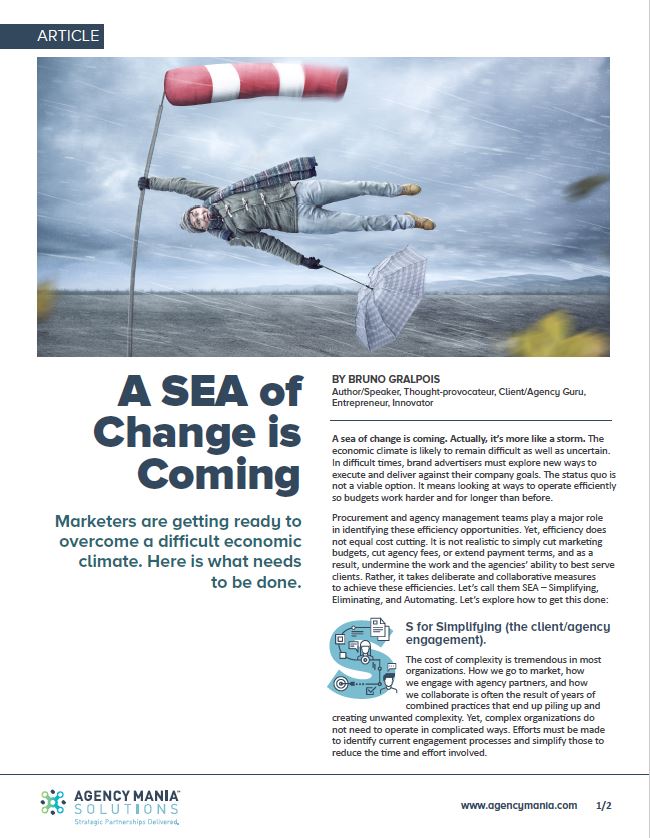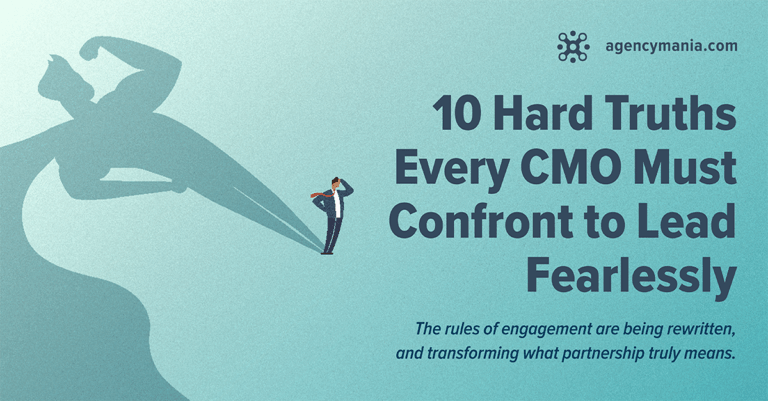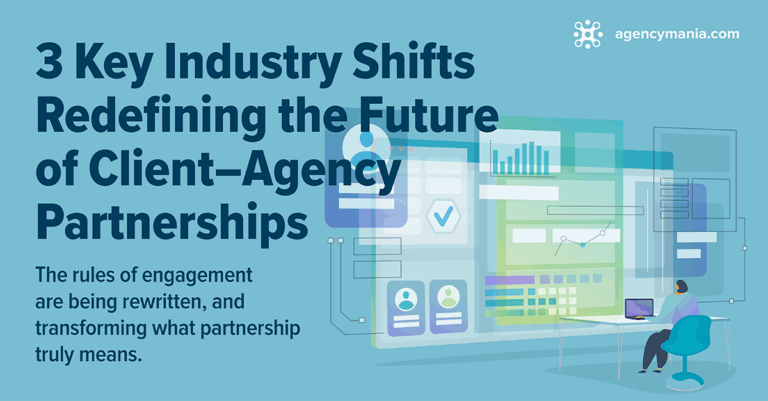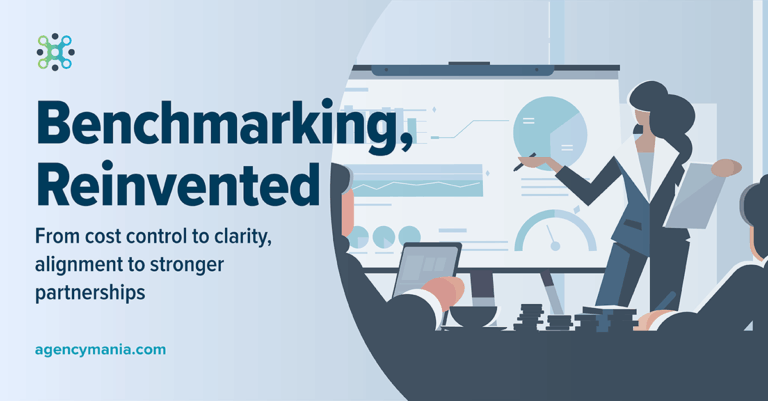A SEA of Change is Coming:
A sea of change is coming. Actually, it’s more like a storm. The economic climate is likely to remain difficult as well as uncertain. In difficult times, brand advertisers must explore new ways to execute and deliver against their company goals. The status quo is not a viable option. It means looking at ways to operate efficiently so budgets work harder and for longer than before.
Procurement and agency management teams play a major role in identifying these efficiency opportunities. Yet, efficiency does not equal cost cutting. It is not realistic to simply cut marketing budgets, cut agency fees, or extend payment terms, and as a result, undermine the work and the agencies’ ability to best serve clients. Rather, it takes deliberate and collaborative measures to achieve these efficiencies. Let’s call them SEA – Simplifying, Eliminating, and Automating. Let’s explore how to get this done:
S for Simplifying (the client/agency engagement).
The cost of complexity is tremendous in most organizations. How we go to market, how we engage with agency partners, and how we collaborate is often the result of years of combined practices that end up piling up and creating unwanted complexity. Yet, complex organizations do not need to operate in complicated ways. Efforts must be made to identify current engagement processes and simplify those to reduce the time and effort involved.
The current client/agency engagement process may be cumbersome, or unnecessarily bureaucratic instead of being agile and nimble. Agile organizations must operate in simple, effective ways so the work output is streamlined – requiring fewer people, moving parts, and decision makers.
Here are some opportunities to simplify the client/agency engagement:
- Do we need meetings so frequently to check on the status of project work?
- Do we need as many steps in the campaign development process to get buy-in?
- How can we streamline the agency evaluation process to reduce survey fatigue?
- How can we reduce reporting requirements from our agencies to what’s most actionable?
- Can we make access to relevant training and onboarding more easily accessible?
Today, agency management solutions allow agencies and their marketing counterparts to stay abreast of project status, making most meetings unnecessary. These tools allow them to reduce friction and eliminate needless or redundant information requests that bog down the client/agency engagement.
E for Eliminating (excessive waste).
Waste is part of every organization, the same way “defects” can be found in every manufacturing plant. The objective here is to reduce waste or eliminate it altogether. However, identifying waste can be challenging as it takes many shapes: redundant tasks, over-inflated resource plans, lack of clarity or guidance, too much rework, constant changes in direction, and the list goes on.
Many organizations are now tracking and reporting on “waste.” They use efficiency dashboards to help account for wasteful anomalies and seek alignment on how to eliminate them.
Here are some opportunities to eliminate waste:
- Can we reduce the number of projects started but never completed?
- Can we quickly reassign resources to the highest performing work?
- How can we best reward agencies that look for operational efficiencies?
- Can we operate with leaner, smaller teams without negatively impacting creativity?
- How can we get timely reconciliation data to redistribute unused resources?
There is a difference between losing weight and being fit. I guess that difference is a function of how fit you were in the first place. For many organizations, losing weight or reducing waste is a first step. It takes concerted effort and the will to regularly monitor progress against waste-cutting initiatives before the organization can be considered healthy.
A for Automating (processes and approvals).
One of the most debated topics about talent has been automation. How much can we truly automate without taking away from unstructured thinking and creativity. Although the debate is unlikely to end anytime soon, it’s far less relevant to operational rigor and approval processes. These processes, often labor-intensive, are simply inadequate.
Processes like budget and scope of work planning, resource allocation, briefing, performance feedback, and training are common activities that have historically being handled manually. Agency teams and clients share information by email, trading documents that are difficult to maintain or retrieve easily, creating delays, creating confusion, and getting in the way of productivity.
Here are some opportunities to automate processes and approvals:
- Can we replace our dated workflow to reduce unnecessary tasks to get to the same outcome?
- How we can substitute our existing approval process to speed up sign-off and execution?
- Can we increase our audit-readiness and versioning control with a more systematic approach?
- Can we use dashboard-like tools to access up-to-date data like agency actuals and benchmarks that improve decision-making?
I think we all know the answers to these questions. The need for automation in client/agency relationships has never been timelier or more justified. Organizations expect to make faster and better decisions. Marketing teams need to focus their time and energy on what they do best: marketing.
No matter the economic climate, the necessity for better, faster, stronger client/agency partnerships is a reality faced by all key stakeholders: agencies, marketing, procurement, agency management, and marketing operations teams. Simplifying, Eliminating, and Automating (SEA) are no longer trends, but are necessities for modern, agile organizations.
By: Bruno Gralpois, Co-Founder & Principal
6/23/20






